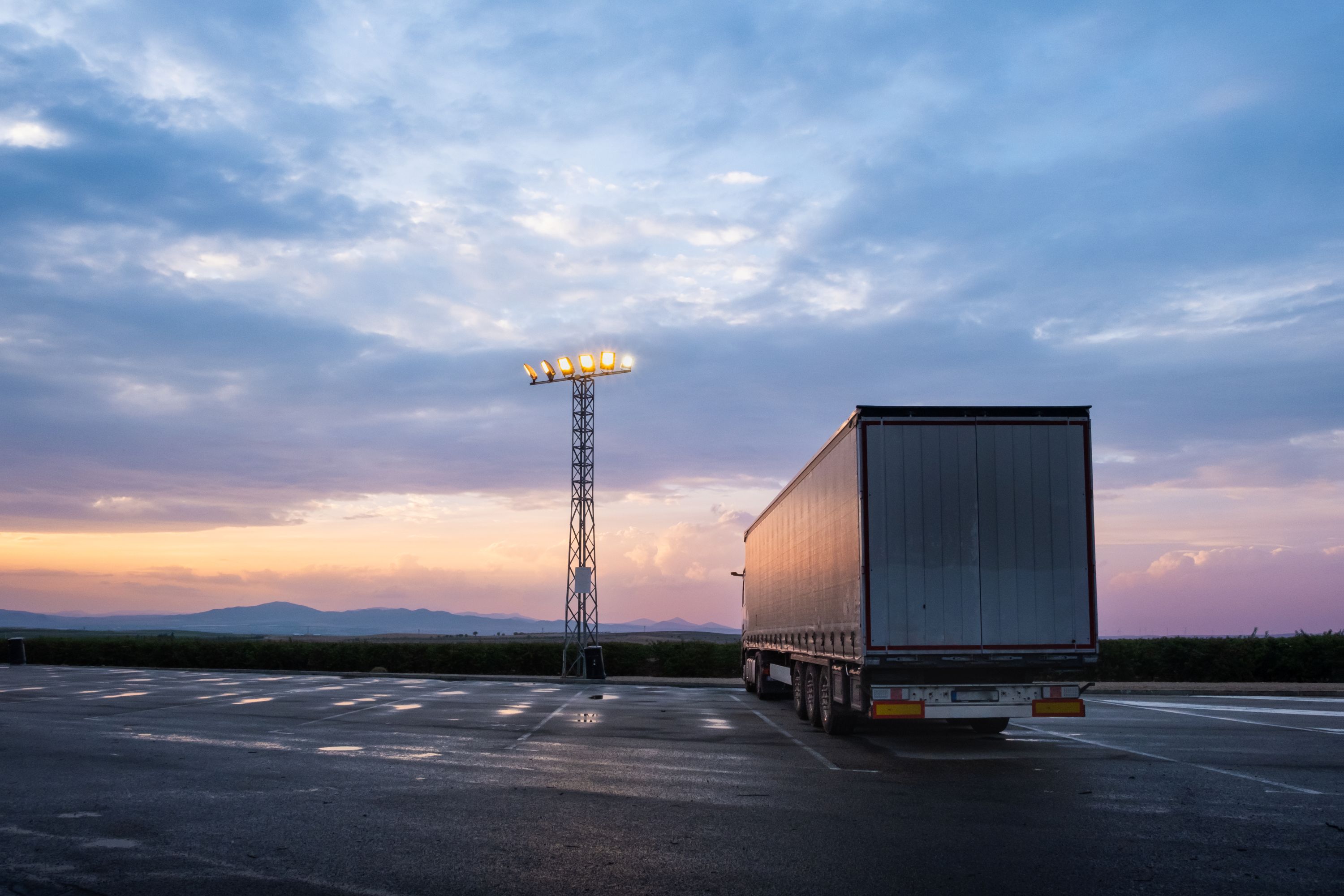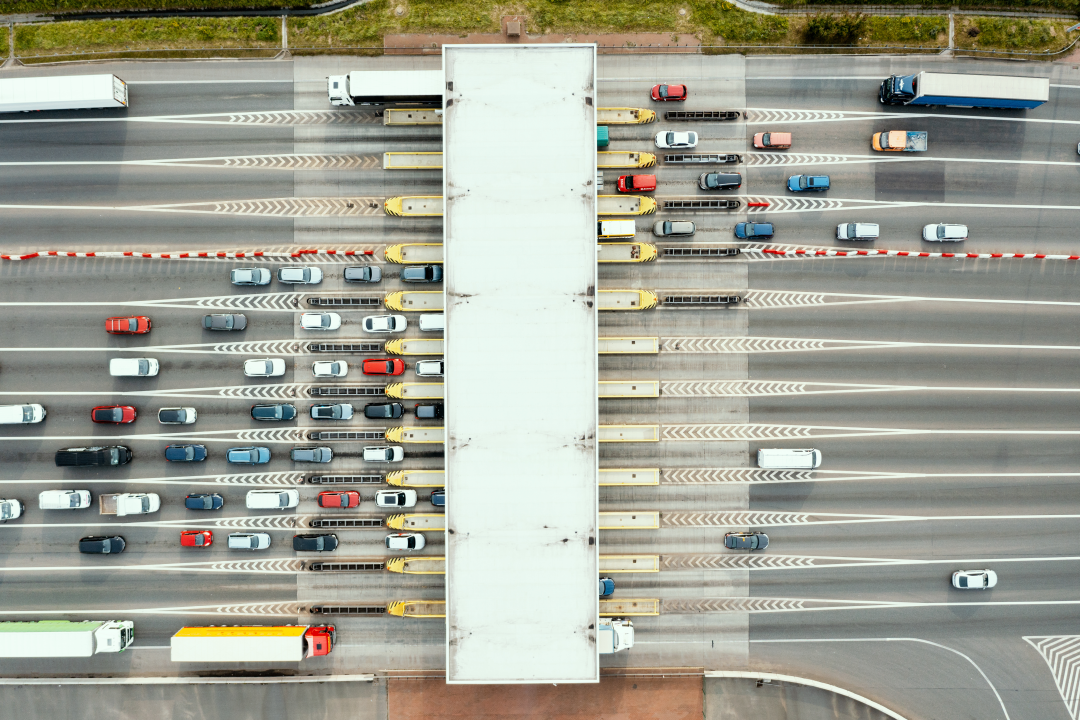
Guest
Impacto del apagón de 2025 en la Península Ibérica sobre el transporte de mercancías por carretera
Creado: 04/06/2025
•
Actualizado: 04/06/2025
El 28 de abril de 2025, un apagón generalizado recorrió la Península Ibérica, dejando sin electricidad a millones de hogares, empresas y servicios públicos de España y Portugal. El apagón, que comenzó a las 12.33 (hora local), afectó a grandes ciudades como Madrid, Barcelona, Lisboa y Oporto, así como a gran parte de las regiones circundantes. En algunas zonas, la electricidad volvió en cuatro o seis horas; en otras, la interrupción duró hasta bien entrada la mañana siguiente.
Aunque todavía se está investigando la causa exacta, los primeros informes sugieren que un fallo en la red de transmisión transfronteriza interrumpió el flujo eléctrico en ambas redes nacionales. El impacto fue rápido y generalizado: paralizó los servicios ferroviarios, dejó en tierra a los aviones, afectó a hospitales y servicios públicos y paralizó la infraestructura digital. Para el sector del transporte y la logística, el reto fue inmediato y afectó a todos los aspectos de las operaciones por carretera, desde el transporte de mercancías y el suministro de combustible hasta el control del tráfico y el bienestar de los conductores.
"Cuando falla el suministro eléctrico, también lo hacen muchos de los sistemas de los que dependemos para mantener la seguridad en las carreteras, desde los semáforos y la señalización hasta las comunicaciones", afirma Raquel Martínez, Directora de Ventas para Europa de SNAP. "Tanto para los conductores como para los operadores de flotas, el apagón de 2025 puso de manifiesto lo rápido que los trayectos rutinarios pueden convertirse en trayectos de alto riesgo y lo importante que es saber dónde pueden parar los conductores para mantener su seguridad y la de sus cargas."
Retrasos en el transporte de mercancías
Para las empresas de transporte, el primer y más acuciante problema fue la suspensión del movimiento de mercancías. En toda la Península Ibérica, las operaciones en almacenes, centros de cumplimiento y centros de cross-docking se ralentizaron o se detuvieron por completo. Los movimientos internacionales también se vieron afectados, con camiones retenidos en las fronteras mientras las autoridades trabajaban para restablecer el control básico del tráfico y garantizar la seguridad vial.
Con el transporte de mercancías por ferrocarril paralizado, algunos operadores intentaron trasladar las cargas a la red de carreteras, pero esto conllevó sus propias limitaciones. La congestión de las rutas, la inoperatividad de los sistemas de tráfico y el acceso irregular al combustible impidieron al transporte por carretera absorber la demanda. Fueron necesarios varios días para eliminar el retraso y restablecer la fiabilidad de la cadena de suministro.

Peajes, tráfico y fallos tecnológicos
Los cortes de electricidad en Iberia también revelaron hasta qué punto las infraestructuras modernas dependen de los sistemas digitales. Los semáforos de las principales ciudades se apagaron, provocando atascos y aumentando el riesgo de accidentes. La señalización electrónica, los sensores de las autopistas y los sistemas inteligentes de enrutamiento fallaron, privando a los conductores de orientación y actualizaciones en tiempo real.
Las cabinas de peaje también se vieron afectadas. Con las barreras automáticas y los sistemas de pago electrónico fuera de servicio, el personal de algunas zonas tuvo que levantar las barreras manualmente o cobrar en efectivo. Esto provocó retrasos en las principales rutas, pérdidas de ingresos para los operadores de peaje y preocupación por la integridad del sistema una vez restablecido el suministro eléctrico.
Escasez de combustible
Uno de los signos más claros de la dependencia del sector de la electricidad se produjo en los surtidores de combustible. Las gasolineras de España y Portugal se vieron obligadas a cerrar por falta de electricidad. Los surtidores y los sistemas de pago dejaron de funcionar, y sólo un pequeño número de gasolineras con generadores de emergencia pudieron atender a los clientes. Rápidamente se vieron desbordados, lo que provocó largas colas y, en muchos casos, conductores varados sin combustible.
La interrupción también se extendió a las zonas del interior, ya que las instalaciones portuarias y las redes de distribución de combustible no pudieron funcionar a su capacidad normal, lo que retrasó el transporte de combustible a las zonas del interior y agravó aún más los problemas de suministro.
Vehículos eléctricos e infraestructura de recarga
Para los operadores de vehículos eléctricos, el apagón supuso un reto especial. La recarga de vehículos eléctricos en España y Portugal quedó fuera de servicio, inutilizando los vehículos a menos que tuvieran carga suficiente para completar su ruta. Sin acceso a la recarga, se suspendieron algunas entregas y se retiraron temporalmente de la circulación los vehículos eléctricos.
Para las empresas de logística que se plantean la transición a flotas eléctricas, los cortes de electricidad en Iberia subrayaron la importancia de los planes de contingencia y de las infraestructuras de reserva para mantener las operaciones durante los fallos de la red.

Bienestar de los conductores
Quizás las preocupaciones más acuciantes se centraron en el bienestar de los conductores. Las áreas de descanso y las estaciones de servicio quedaron sumidas en la oscuridad, muchas de ellas sin luz, calefacción, comida caliente o aseos en funcionamiento. Algunos conductores se quedaron sin un lugar seguro para descansar durante los retrasos forzosos.
La comunicación fue otro problema importante. Con las redes móviles interrumpidas, los conductores tuvieron dificultades para ponerse en contacto con los depósitos, solicitar ayuda o acceder a las actualizaciones del tráfico. Para muchos, la radio local se convirtió en la única fuente fiable de información. La situación sirvió para recordar lo expuesto que puede estar el sector cuando fallan las infraestructuras críticas.
Lecciones para el futuro
Aunque el apagón de España-Portugal duró menos de 24 horas en la mayoría de los lugares, la interrupción del transporte por carretera y del transporte de mercancías fue significativa. Los efectos del apagón en la logística abarcaron desde el suministro de combustible y la resistencia de las infraestructuras hasta la preparación para emergencias y el bienestar de los conductores. Sin embargo, también suscitó un renovado debate sobre cómo los operadores de flotas pueden mejorar la continuidad de su negocio y proteger a su personal ante acontecimientos similares.
Establecer y poner a prueba un sólido plan de continuidad de la actividad es un primer paso importante. Debe incluir protocolos de comunicación, acceso al combustible, rutas alternativas y despliegue de vehículos. En la medida de lo posible, deben identificarse de antemano horarios y socios de reparto alternativos, especialmente para cargas críticas o sensibles al tiempo.
Apoyar el bienestar del conductor es crucial en situaciones como ésta. Los kits de emergencia -con tentempiés, agua, linternas, baterías y ropa reflectante- pueden tranquilizar y ayudar en la práctica.
"Es posible que los operadores también deseen revisar las instalaciones de los depósitos para asegurarse de que los conductores disponen de lugares seguros para descansar, especialmente durante los retrasos más prolongados", afirma Raquel. "Saber que hay una red de paradas de camiones en la región, como nuestra red de socios, puede dar la seguridad de que hay algún lugar donde parar hasta que vuelva la electricidad".
"Puede que los apagones de esta magnitud sean poco frecuentes, pero el riesgo es real. Los operadores deben plantearse cómo aumentar su resistencia y adaptarse a las situaciones para seguir avanzando: desde garantizar el acceso al combustible hasta reevaluar la planificación de las rutas y la provisión de descanso durante las emergencias."
Servicios de Movilidad SNAP en España
Disponemos de una amplia red de paradas de camiones y áreas de servicio en toda España y Europa. Visite nuestro mapa interactivo para ver dónde puede encontrar a nuestros socios en la actualidad



